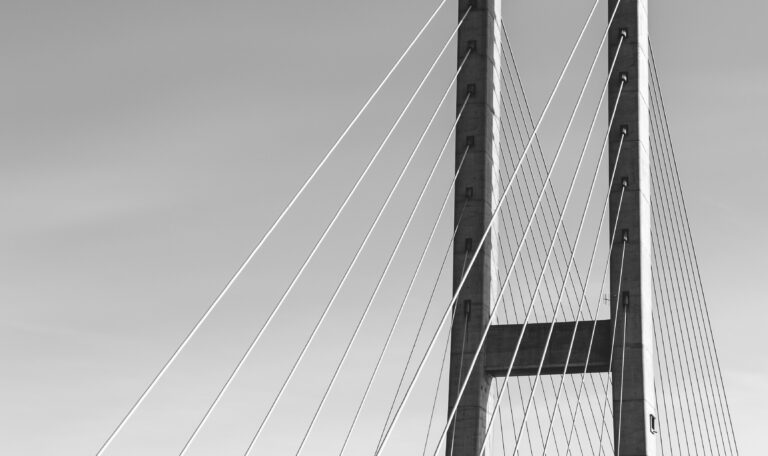Arbitration and Conciliation Act, 1996 (“A&C Act”) is a legislation that provides for the framework for arbitration and conciliation proceedings in India. Section 37 of the A&C Act provides for appeals against certain identified orders of the court and/or arbitral tribunal, as the case may be. However, Section 37 is silent on the limitation period for filing an appeal. This has resulted in conflicting rulings by the Supreme Court of India (“SCI”) and various High Courts on the issue of a specified period of limitation for an appeal under Section 37 of the A&C Act.
The nexus of limitation with Section 37 of the A&C Act has been a subject of continuous transformation starting from the applicability of the Code of Civil Procedure Code, 1908 (“CPC”) and the Limitation Act, 1963 (“Limitation Act”) to the coming into force of Commercial Courts Act, 2015 (“CCA”).
The Limitation Act provides for a period of 90 days for filing appeals under Article 116 of Schedule I. Section 5 of the Limitation Act provides that an appeal filed beyond the prescribed period may be admitted subject to the party concerned explaining the delay to the satisfaction of the court. Thus, it is clear that an appeal under Section 37 of the A&C Act may be filed up to 90 days, extendable up to any grace period as deemed appropriate by the concerned court.
The SCI in Consolidated Engineering Enterprises and Ors. v. Principal Secretary Irrigation Department and Ors. (“CEE Case”) held that the provisions of the Limitation Act shall apply to all proceedings under the A&C Act, both in courts and in arbitration, unless expressly excluded by the A&C Act. The CEE Case was followed by the High Court of Bombay (“BHC”) in ONGC Limited v. M/s Dinamic Corporation (“ONGC Case”), which clarified that the limitation period for filing an appeal under Section 37 of the A&C Act shall be 30 days for an intra-court appeal and 90 days for an inter-court appeal, subject to condonation of delay to the satisfaction of the court.
The Commercial Courts Act, 2015 provided a limitation period of 60 days for filing any appeal to the commercial appellate division. Section 13(1A) of the CCA also provided that an appeal under Section 37 of the A&C Act would lie before a commercial court, thereby settling the limitation period for filing an appeal under Section 37 (against the order of commercial courts) at 60 days.
In N.V. International v. State of Assam, the SCI held that a grace period of 30 days (in line with Section 5 of the Limitation Act) be added to the ‘statutory’ period of 90 days for filing appeals under Section 37 of A&C Act, resulting in a prescribed limitation period of 120 days. The SCI further opined that since 120 days is prescribed for petitions under Section 34 of the A&C Act, an appeal from the same proceedings under Section 37 of the A&C Act should also be covered by the same drill.
However, the NV Case suffered from certain flaws which resulted in inconsistencies and dubieties. One such dubiety was whether the ruling in NV Case will be applicable to appeals against orders of the arbitral tribunal under Section 8, Section 16, and Section 17 of the A&C Act, as laid down under Section 37. Another dubiety was whether the ruling in NV Case will be applicable to intra-court appeals, as differentiated by the BHC in ONGC Case.





